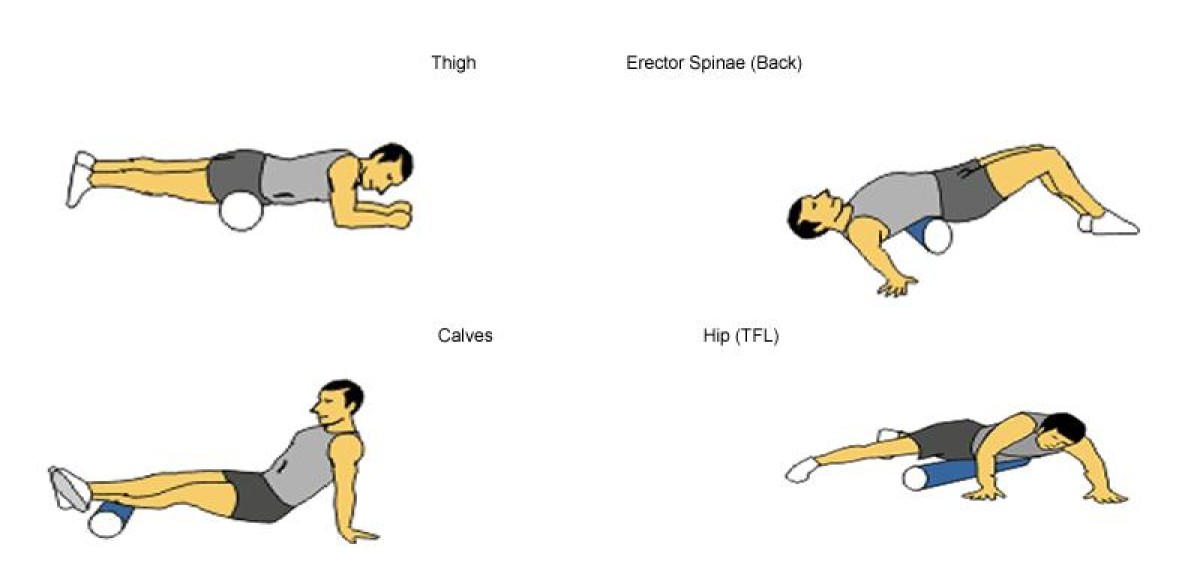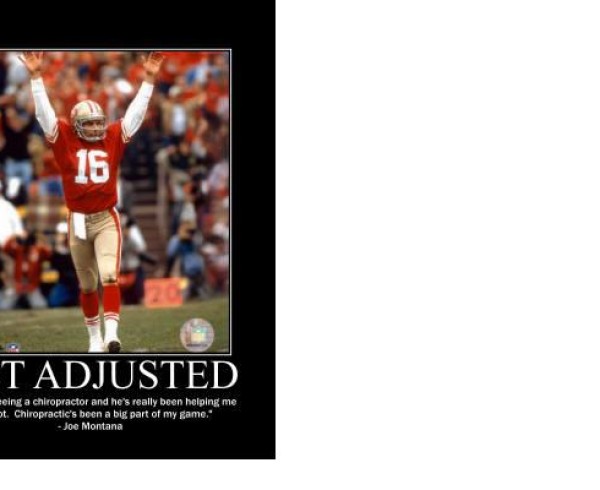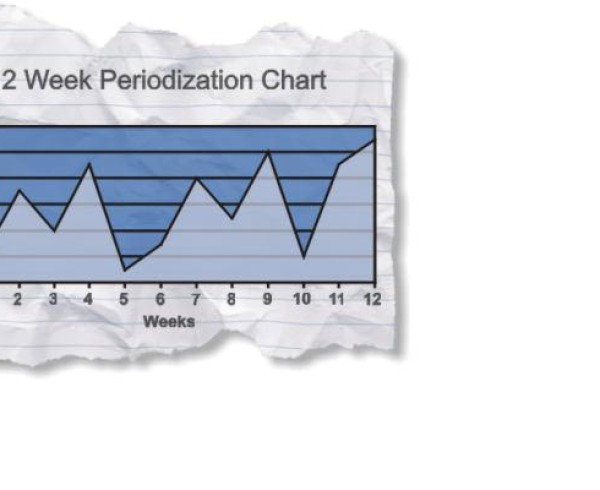Untying the Knots
There is a good chance that at some point you have either thought to yourself or heard someone else say their body feels “all tied up in knots.” That phrase is an accurate analogy for the pain many people experience from sensitive spots in their muscles. They make us feel like our muscles are wound together in tight knots and they can restrict our movement and cause painful stiffness. Sometimes they develop gradually over time, while in other cases they crop up suddenly. This type of pain originates in myofascial tissues, or “trigger points”, and can be caused by a number of possible problems. These include:
| · Physical trauma | · Bad posture | |
| · Overtraining | · Poor movement mechanics | |
| · Lack of rest between training sessions | · Nutritional factors | |
So how do you “untie” the knots that are bothering you? The answer is myofascial release therapy. It is a manual therapy technique focused on releasing muscular shortness and tightness, while increasing muscle flexibility and function. Some of the common injuries it is used to treat include carpal tunnel syndrome and Temporomandibular Joint (TMJ) disorder. At Wrightstown Health and Fitness, we have experts who are certified and trained to use myofascial release therapy to help you feel your best. Our chiropractors and massage therapists have frequently used it to get clients back on track to reaching their goals.
It is really important to pay attention to your body’s signs of muscular tightness so that you can use myofascial release before the pain spirals out of control. Discomfort in trigger point areas can lead to injuries or cramping, which could mean a serious fitness setback. WHF wants you to avoid these obstacles at all costs, so we like to encourage the use of self-myofascial release techniques. The most effective and recognized form is known as “foam rolling.” As the name implies, you’ll need a foam roller, which you can purchase at many locations in the Newtown area. The key to this type of therapy is to put deep yet bearable pressure on the sensitive areas. We recommend holding the pressure on the area until it feels significantly less sensitive. Once that has been completed, it is best to use slow, rhythmic movements to compress and lift the soft tissue in the area. This breaks down the inner myofascial adhesions and aids the fluidity of movement within the soft tissue region. The process should be continued until there is a clear decrease in tenderness, an improved range of motion, and enhanced posture.
This is just scratching the surface of what myofascial release therapy can do. There are a few general guidelines that apply to it, whether you are using foam roller techniques or others.
| · If an exercise causes you severe pain, stop doing it. You may think the pain is a good sign, but if it is too severe, you run the risk of causing further damage.
· Only use techniques recommended by a doctor or personal trainer you trust. · The sooner you begin myofascial release therapy after noticing a problem, the better your chances are of eliminating it with ease. |
At WHF, we use our cutting-edge knowledge and expertise to help you go above and beyond your fitness goals.
Written by: Anthony Iati and Christian Zetterberg







